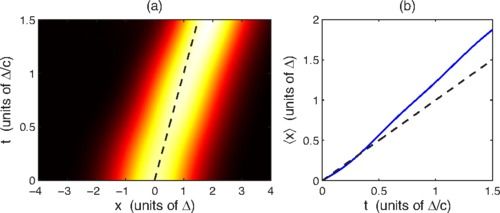Page 11382
Feb 10, 2016
CBS News investigation: Liquid biopsy giving false sense of security about cancer risk?
Posted by Karen Hurst in categories: biotech/medical, security
Not good — CancerIntercept Detect and Monitor test is not providing accurate information in some results. The cancerIntercept test whole concept was to detect a growing tumor in the body, before the patient may notice symptoms — acting like a cancer stethoscope for detecting and monitoring cancer.
Pathway Genomics claims its liquid biopsy can detect cancer before patient shows symptoms — but expert says that promise is “years away”.
Feb 10, 2016
Study says men and women may be wired to behave differently
Posted by Karen Hurst in categories: health, neuroscience, robotics/AI
Another example backing up the fact that AI and any brain mapping & cognitive thinking efforts will require both male and female engineers leading and developing AI together.
Male and female behavioural differences correlate with their different brain networks, say researchers, including one of Indian origin… Read health articles & blogs at TheHealthSite.com
Excellent article; it truly does level set reality from fiction around AI. There has been so much hype lately around AI; and my own concerns is will people wake up in the next 5 to 7 years with the AI disappointment hangover. I believe we have to be very cautious in overpromise and under delivery. Be inspirational as well as realistic is my advice to other leaders across tech.
Robo-advisors are marketed and sold as being more “intelligent” than their human counterparts. But are they actually more intelligent?
Feb 10, 2016
Tachyon physics with trapped ions
Posted by Andreas Matt in categories: particle physics, quantum physics
It has been predicted that particles with imaginary mass, called tachyons, would be able to travel faster than the speed of light. There has not been any experimental evidence for tachyons occurring naturally. Here, we propose how to experimentally simulate Dirac tachyons with trapped ions. Quantum measurement on a Dirac particle simulated by a trapped ion causes it to have an imaginary mass so that it may travel faster than the effective speed of light. We show that a Dirac tachyon must have spinor-motion correlation in order to be superluminal. We also show that it exhibits significantly more Klein tunneling than a normal Dirac particle. We provide numerical simulations of realistic ion systems and show that our scheme is feasible with current technology.
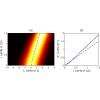
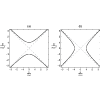

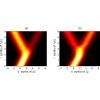
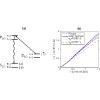
Feb 10, 2016
A world where anything is possible, including immortality, has mental onboard computers, nanotechnology can do all reality
Posted by Shailesh Prasad in categories: computing, life extension, nanotechnology, neuroscience, singularity

Post-Human
Radically often it seems like something out of science fiction. But every day that passes we get closer to the technological singularity.
Visit: http://
Feb 10, 2016
Black Holes Could Be Gateways After All
Posted by Andreas Matt in categories: computing, cosmology, physics
Physicists can now simulate the interiors of black holes using high-powered computers–and it looks like science fiction authors were right: black holes could be portals for space travel.
Feb 10, 2016
Arcaboard will sell for $14,900 in April and will only fly for six minutes
Posted by Dan Kummer in category: transportation
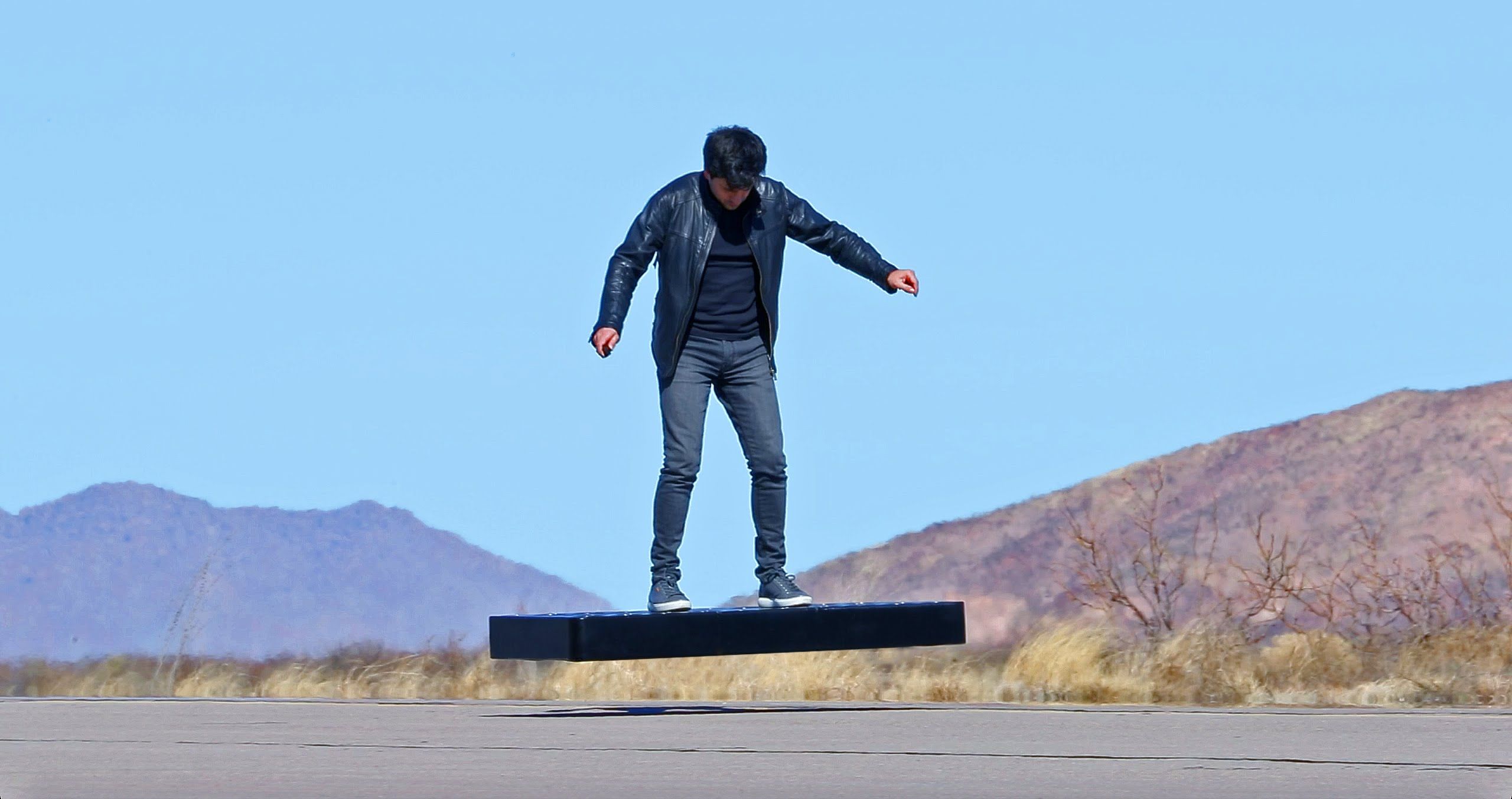
Arca Space Corporation in New Mexico has developed an electronic flying vehicle that can hover over any terrain, including water. The design can hold up to 243 lbs and flies a foot above the ground.
The ArcaBoard’s creators are calling it the first revolutionary breakthrough in motion since the bicycle, automobile, and airplane, and say it will allow every person to fly whenever they want.
Feb 10, 2016
Inside SU’s First Salon: Lab-Grown Organs, Cybersecurity, and AI Music Apps
Posted by Karen Hurst in categories: computing, cyborgs, food, media & arts, quantum physics, robotics/AI, singularity, transhumanism
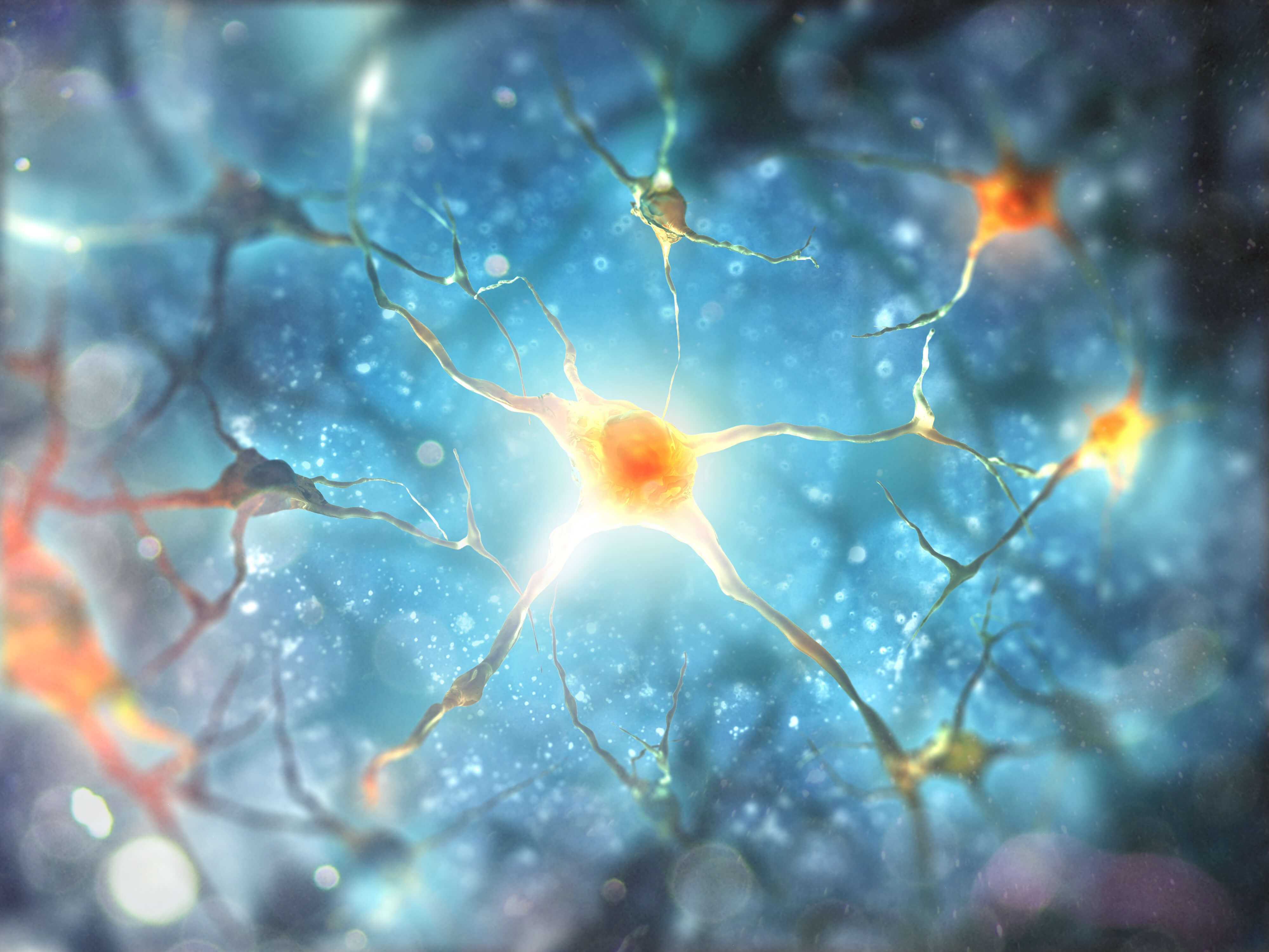
“We will find new things everywhere we look.” –Hunter S. Thompson
At the rate of 21st century technological innovation, each year brings new breakthroughs across industries. Advances in quantum computers, human genome sequencing for under $1,000, lab-grown meat, harnessing our body’s microbes as drugs, and bionic eye implants that give vision to the blind —the list is long.
Continue reading “Inside SU’s First Salon: Lab-Grown Organs, Cybersecurity, and AI Music Apps” »




